Refine search
Actions for selected content:
8126 results in Fluid dynamics and solid mechanics
3 - The Stress Tensor
-
- Book:
- Continuum Mechanics
- Published online:
- 05 August 2012
- Print publication:
- 18 June 2012, pp 74-84
-
- Chapter
- Export citation
7 - Elastic Material Models
-
- Book:
- Continuum Mechanics
- Published online:
- 05 August 2012
- Print publication:
- 18 June 2012, pp 183-213
-
- Chapter
- Export citation
A MODIFIED PÓLYA URN PROCESS AND AN INDEX FOR SPATIAL DISTRIBUTIONS WITH VOLUME EXCLUSION
- Part of
-
- Journal:
- The ANZIAM Journal / Volume 53 / Issue 2 / October 2011
- Published online by Cambridge University Press:
- 12 June 2012, pp. 122-133
-
- Article
-
- You have access
- Export citation
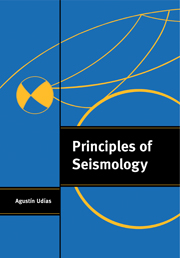
Principles of Seismology
-
- Published online:
- 05 June 2012
- Print publication:
- 13 January 2000
-
- Book
- Export citation
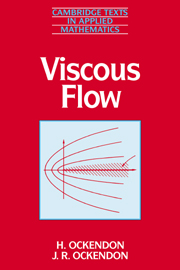
Viscous Flow
-
- Published online:
- 05 June 2012
- Print publication:
- 27 January 1995
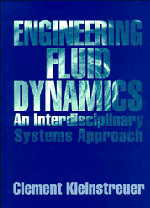
Engineering Fluid Dynamics
- An Interdisciplinary Systems Approach
-
- Published online:
- 05 June 2012
- Print publication:
- 28 February 1997
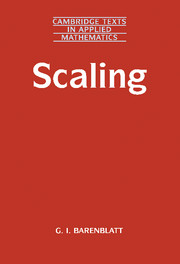
Scaling
-
- Published online:
- 05 June 2012
- Print publication:
- 13 November 2003
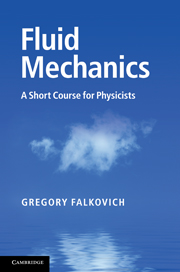
Fluid Mechanics
- A Short Course for Physicists
-
- Published online:
- 05 June 2012
- Print publication:
- 14 April 2011

Introduction to Computational Fluid Dynamics
-
- Published online:
- 05 June 2012
- Print publication:
- 08 August 2005

Fluid Dynamics for Physicists
-
- Published online:
- 05 June 2012
- Print publication:
- 17 August 1995
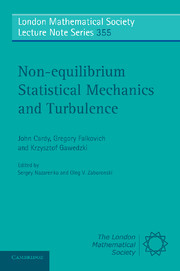
Non-equilibrium Statistical Mechanics and Turbulence
-
- Published online:
- 05 June 2012
- Print publication:
- 11 December 2008
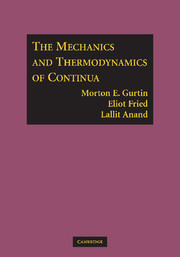
The Mechanics and Thermodynamics of Continua
-
- Published online:
- 05 June 2012
- Print publication:
- 19 April 2010
-
- Textbook
- Export citation
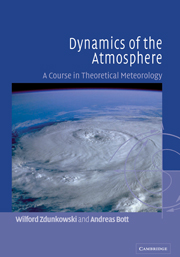
Dynamics of the Atmosphere
- A Course in Theoretical Meteorology
-
- Published online:
- 05 June 2012
- Print publication:
- 10 April 2003

Turbulent Flows
-
- Published online:
- 05 June 2012
- Print publication:
- 10 August 2000
-
- Textbook
- Export citation
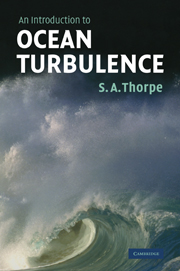
An Introduction to Ocean Turbulence
-
- Published online:
- 05 June 2012
- Print publication:
- 11 October 2007

A Physical Introduction to Suspension Dynamics
-
- Published online:
- 05 June 2012
- Print publication:
- 24 November 2011
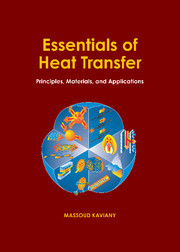
Essentials of Heat Transfer
- Principles, Materials, and Applications
-
- Published online:
- 05 June 2012
- Print publication:
- 01 August 2011
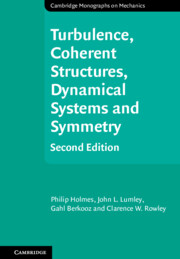
Turbulence, Coherent Structures, Dynamical Systems and Symmetry
-
- Published online:
- 05 June 2012
- Print publication:
- 23 February 2012
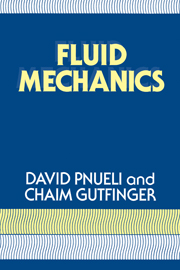
Fluid Mechanics
-
- Published online:
- 05 June 2012
- Print publication:
- 27 November 1992

Fundamentals of Atmospheric Modeling
-
- Published online:
- 05 June 2012
- Print publication:
- 05 May 2005
